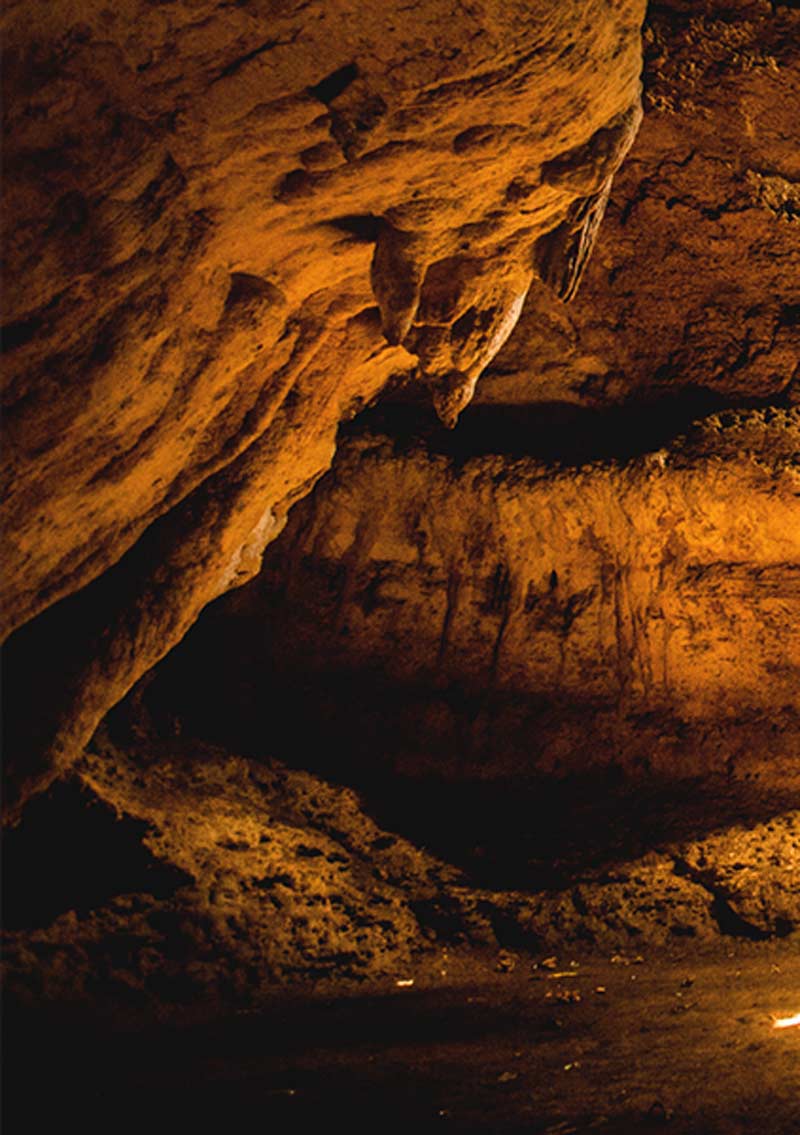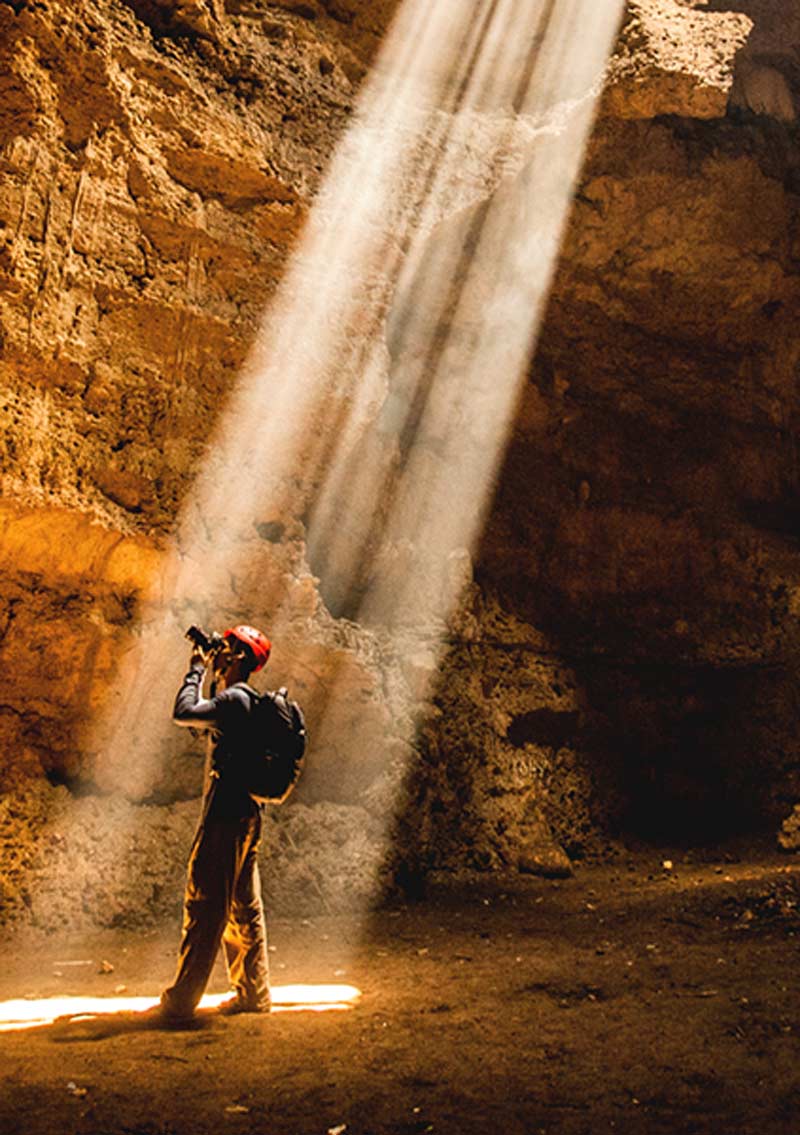
Destination: Cape Verde
BLOGGED LOCATIONS
Average costs in this area
Transportation - The easiest way to get around is to fly with local airline TACV. However, flights get overbooked, and travelling without an advance reservation is unreliable. The (far cheaper) alternative is ferries. While safe and reliable, crossings can be rough. Otherwise, if you have a sailboat and the time, it is easy to call in at all of the islands to explore them.
Accomodation
-The best places in Cape Verde for holidays
1. Sal, Boa Vista, Maio: For the Beaches.
2. Santo Antao, Brava, Fogo: For the Outdoors & Hiking
3.Maio, Brava, Santo Antao: Wilderness.
4. Fogo: Volcanoes
5. Sal, Boa Vista: Water sports & zip lines.
6. Sao Vicente, Santiago: City life, culture
Food - Cachupa is the national dish of Cape Verde. This slow-cooked, hearty stew made with beans, corn kernels, vegetables and fish or meat served with rice. Soups are also popular such as Canjo, a thick chicken soup with rice, onions and carrots. And braised meats are often on the menu but fresh fish and seafood are the most popular.
Suggested daily budget – Of course this depends on where you stay, what you do, and where you eat as it all makes a difference. We like to walk the streets to see the ‘real’ stuff going on and to call in at interesting street food vendors for lunch. If many locals eat at a place that means the food is usually good and inexpensive and you should eat there too. Buying from a local grocery store and having a picnic is also an affordable and fun option. Cape Verde offers one of the most fun. affordable, and safest places to visit in Europe.
TIps for first visit
1. Getting Around – What do you want to see or do? Is it going to be a cultural, culinary, or adrenaline junkie trip? How much time do you have? Organized tour for optimizing time, or do-it-yourself to optimize flexibility, or something in between?
2. Get tour and travel passes – Doing your research in advance, gives you MANY benefits: Allows you to prioritize activities, allows you to know costs in advance for budgeting, and gives you some idea of time needed at each activity. When you know what you want to do, reserve a ticket in advance so that when you turn up you will not be turned away!
3. Check where the locals eat – PRO TIP: If you forgot to make a reservation then this holds true … walk a MINIMUM of THREE blocks away from a tourist attraction. If you still see restaurants with photos of food plastered along their fronts, keep on walking until you dont see them. When you dont see any ‘photo menus’, you have just entered the ‘local’ zone! The food here will be cheaper, better, fresher and you are more likely to meet locals than other tourists. Good food will sell by itself and doesnt need a photo to sell it. These restaurants without the ‘photo menus’ stay in business because the food is good and they want your repeat business, NOT because they have an endless supply of tourists coming through that they dont need to impress.

Do’s and don’ts
Be respectful and be kind. Learn some local lingo. Always remember that you are a GUEST in their country. You are in Cape Verde, so .. relax and watch this part of the world open up in front of you. Go for an early walk, have a coffee or sandwich at a corner cafe and people watch. Some of the best times are before and after the work day when you can see food being delivered to restaurants, linens being washed, families going off to activities. Sit, watch, and listen, its free and fun!
What you shouldn't do?
Be smart with your bags and gear. Cars get broken into in each country in the world and not just Cape Verde so do advertise to would be car thieves. Carry just enough cash for a couple of days, and use your credit card for as many purchases as possible. Use the local ATM machines to get out more euros when you need them.
Hopefully the tips above will give you enough information to start your own planning. If you want to check out some of the locations we visited in Greece and what we though of them, then click the [EXPLORE LOCATIONS] button below, or select a specific Greek island location from the list on the right.






